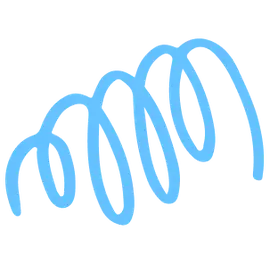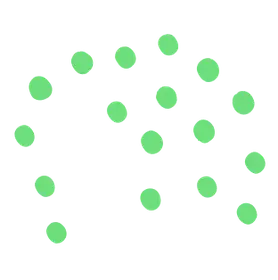A Fatal Diagnosis
DIPG is a rare disease, diagnosed annually in only 1–2 cases per 1,000,000 inhabitants. Unfortunately, the average survival time for patients with this diagnosis is less than one year. This cruel prognosis has not improved in over 30 years. Furthermore, surgical removal of the tumor is not possible because it infiltrates the sensitive tissue of the brainstem, where centres controlling key vital functions are located.
Despite extensive research, available chemotherapy has not led to significant improvements in survival. Currently, the most common treatment is radiation (radiotherapy). However, this offers only temporary relief from symptoms, not a permanent solution.





